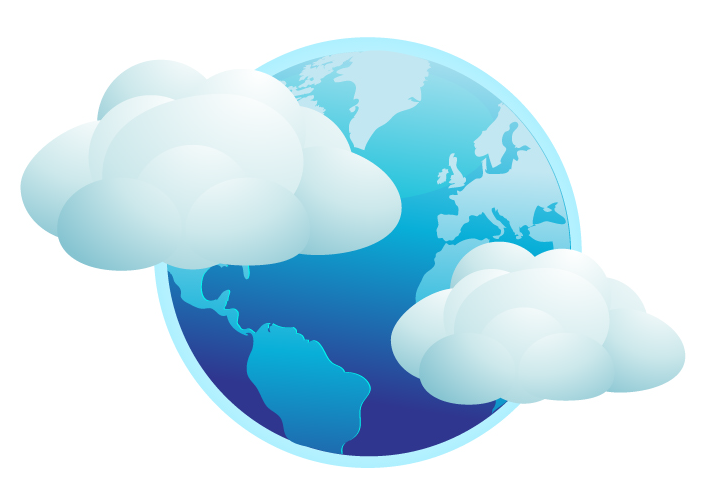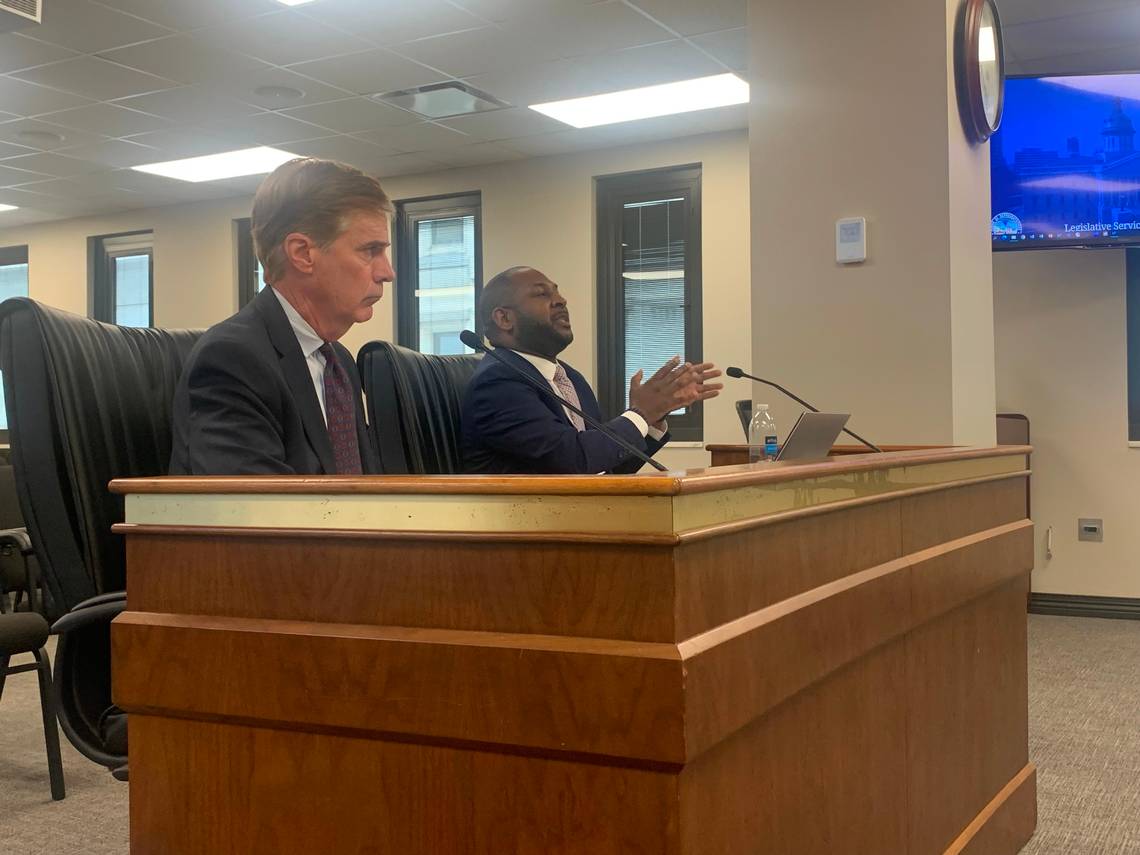Things never happen according to plan. After completing my Masters Degree from John Hopkins University, I had thought that my professional career would begin and end at the United States Patent and Trademark Office (USPTO). However, in 1999, I ended up leaving the USPTO to pursue my first career change: joining a startup in the broadband wireless telecommunication space. Three years later, I decided to change my career for a second time, this time joining my father at his accounting firm as a general manager.
Embracing Change
My 70 year old father, although professionally trained as an accountant, was still adapting to the changes in the accounting field. He began his accounting practice in 1988 to serve the growing ethnic businesses in Northern Virginia. Since 1988, his firm grew from a single IBM AT personal computer and one employee to 10 full time and 2 part time employees with over 20 devices having a direct link to our internal network. His methods were a little outdated. He provided basic bookkeeping, write up and tax preparations for individuals and small businesses all by hand.
When I first entered the business, I believed that the accounting field lacked excitement or potential for innovation, making me very resistant to change. I also lacked the preparation and training required to be an accountant. Although I was unable to comprehend it at the time, my father constantly reminded me that my background, client and the internet would inspire me to change.
The Old Is Now New
All three components of cloud computing were invented many years ago. The cloud computing model was invented by Licklider in 1969. In the seventies, the distributed computing model was widespread and the firewall have been in existence as early as 1988. However, it took the modern internet, widespread availability of broadband and modern mobile workforces to truly make cloud computing possible.
In 2011, a major shift occurred in our firm. My previous knowledge of the sciences, information technology, telecommunication and accounting all came together when I was able to relate these components to modern accounting in an entirely new and innovative way. The key change for our firm was the reduction of payroll tax from 6.2% to 4.2%, which pointed out that, as a firm, we were not technologically prepared to make these changes systemwide. I needed to implement a series of changes to our existing IT infrastructure and business processes.
The Transition
According to the September 2012 Digital CPA Survey, when asked as to what they see as the biggest benefits of cloud computing. These are the order of biggest benefits: (1) The ability of the firm to work virtually and/or expand geographic reach; (2) don't have to worry about software updates/troubleshoot/maintenance; (3) business continuity and disaster recovery and (4) productivity improvements leading to more billable hour.
I realize that going to the 'cloud' will be a challenge because all the benefits do not apply to small accounting firm like us. After months of researching, talking to cloud service providers, many demos, and lots of trial accounts, I have decided that a full cloud migration would not benefit us because of these reasons:
- Like most small accounting firms with 10-12 employees, we do not have the budget for a complete technology upgrade.
- Most small accounting firms do not have an IT department, so the IT value proposition of the ‘cloud’ is not compelling enough for us to take the first step unless you are an early adopter.
- Our clients do not want their info and data in the 'cloud' because they do not fully understand what is the benefit of the cloud and they only hear horror stories about data breach.
- A large percentage of our clients still want us to give them a piece of paper so whether we are in the cloud or not does not have an impact on them.
- Our legacy software, multiple operating system and non supported operating system prevent us from going to the cloud. Most of the cloud providers that we had trials with do not support Windows XP and Windows Server 2000 Edition.
- Our current business process and client base do not necessitate a full migration to the 'cloud' because geographic reach is not a priority for our small local firm.
- The value of added services that cloud computing enables does not translate to billable hours.
After all this, I needed to take a different approach in migrating to the cloud. I weighed in the needs of my staff, clients, competitors and my 70 year old father. Our path to the cloud requires not one but two major steps. The first is the realization that change is here and second is the active selling to our staff and clients.
The Leap
Our accounting firm, like many others is fully networked. All of our desktop PCs, printers and desktop scanners as well as two full size printers/scanners/copiers are connected. We have a dedicated fax line, a fax to email account, several automated email servers that are automated to send and receive emails from clients. We also have a web page for our clients and an intranet for our staff. I thought that we could migrate to the cloud easily.
In the past, if our PC crashed we had to rely on a service provider to come, troubleshoot the hardware and/or software, reinstall some or all software and restore our data from a backup. Once this happen, we would be down for up to three days.
However, after the 6.2% to 4.2% payroll change in 2011, we realized that we were not connected efficiently and thus not ready. With the help of a friend, we changed the design of our technology structure and how all of the devices are interconnected to each other. While we still have the entire basic infrastructure of desktop PCs and the likes, their connection to each other is quite different.
Today, in the event of a computer crash, it would take approximately 45 minutes to re-image the PC with zero data loss or software reinstalling of software. Our multi-monitor desktops are networked and connected to a series of enterprise class routers, firewalls and all broadband access is made through a private VPN. All of our data is load balanced between two Network Attached Servers with a 40 terabyte capacity.
The Hybrid Accountant
When I made these changes, I asked that my father and staff trust me and that this was not designed to replace them. All they need to do is change the way they access data. I assured them that the data and all of their 'stuff' is still there in the office.
I told them that by shifting certain applications to the cloud and keeping other on the desktop would create a redundant loop to ensure that in the event of a crash, they can still work and be efficient because they do not have to wait for a new computer.
It does not matter where applications are and all they need to know is that the icon is still on the desktop. This hybrid cloud model supports all of our current applications, legacy DOS applications of the past and newer applications that have yet to developed. I told them that we can do all without the fear of incompatibility and upgrades ever again.
My employees need to trust the system and that their data and clients clients' data is still with us at our office. The difference is how we access and display data. I created a secured portal and built in geographical information system (GIS) so that if they choose, they can now view their data via a map. This same secured portal now allows our clients the ability to print old returns and upload documents and have the limited ability to collaborate with us. These value added services give everyone real time data access, real time video conferencing and for certain clients, real time invoicing and payment.
The hybrid cloud and portal gives us the tools that we need to manage our client technological expectations, our staff and my father's tolerance for change and most important it gives us the confidence to expand our geographic reach and enter new markets with minimal staff training.
Only after this hybrid cloud deployment do I come to understand what my father told me about how the internet and clients would inspire me to change.
————–
Danny Lee is President of Emerson H. Lee Accounting Tax & Payroll Services, Inc. in Falls Church, Va.
Thanks for reading CPA Practice Advisor!
Subscribe Already registered? Log In
Need more information? Read the FAQs
Tags: Accounting, Firm Management



